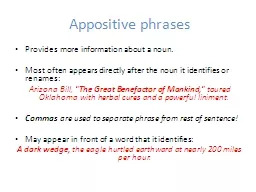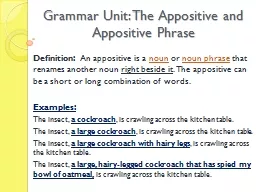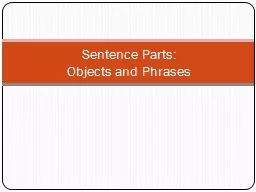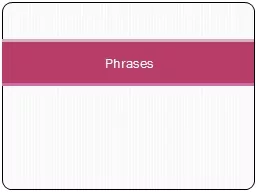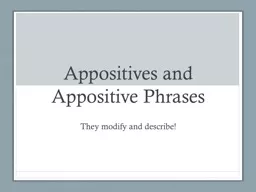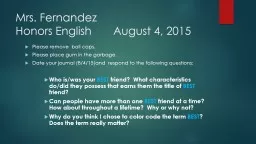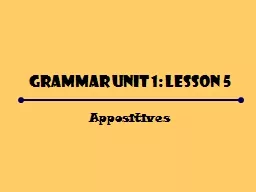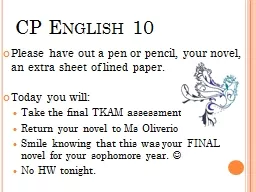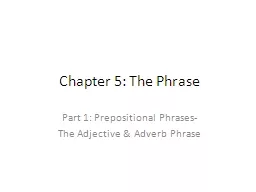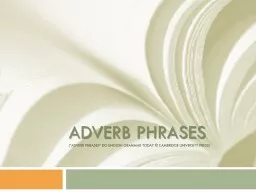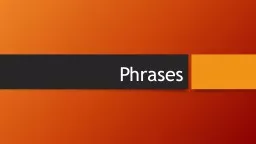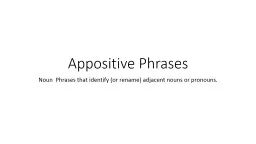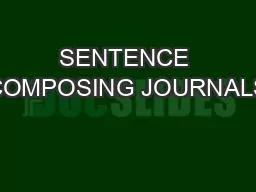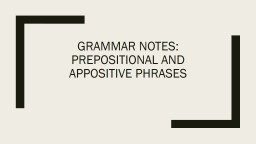PPT-Appositive phrases
Author : luanne-stotts | Published Date : 2016-05-08
Provides more information about a noun Most often appears directly after the noun it identifies or renames Arizona Bill The Great Benefactor of Mankind toured
Presentation Embed Code
Download Presentation
Download Presentation The PPT/PDF document "Appositive phrases" is the property of its rightful owner. Permission is granted to download and print the materials on this website for personal, non-commercial use only, and to display it on your personal computer provided you do not modify the materials and that you retain all copyright notices contained in the materials. By downloading content from our website, you accept the terms of this agreement.
Appositive phrases: Transcript
Download Rules Of Document
"Appositive phrases"The content belongs to its owner. You may download and print it for personal use, without modification, and keep all copyright notices. By downloading, you agree to these terms.
Related Documents

